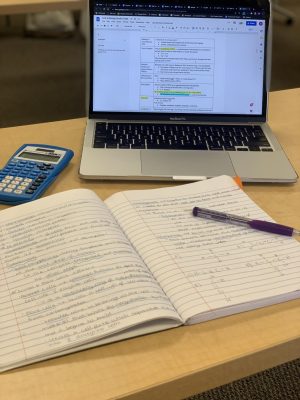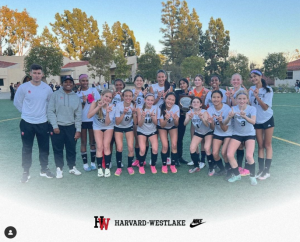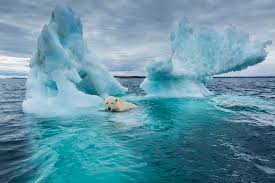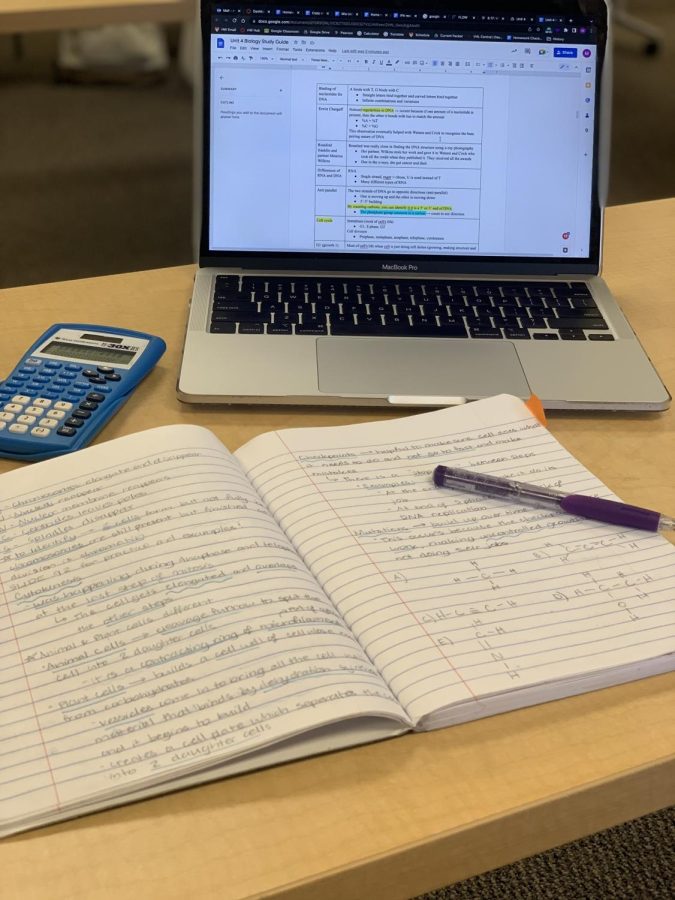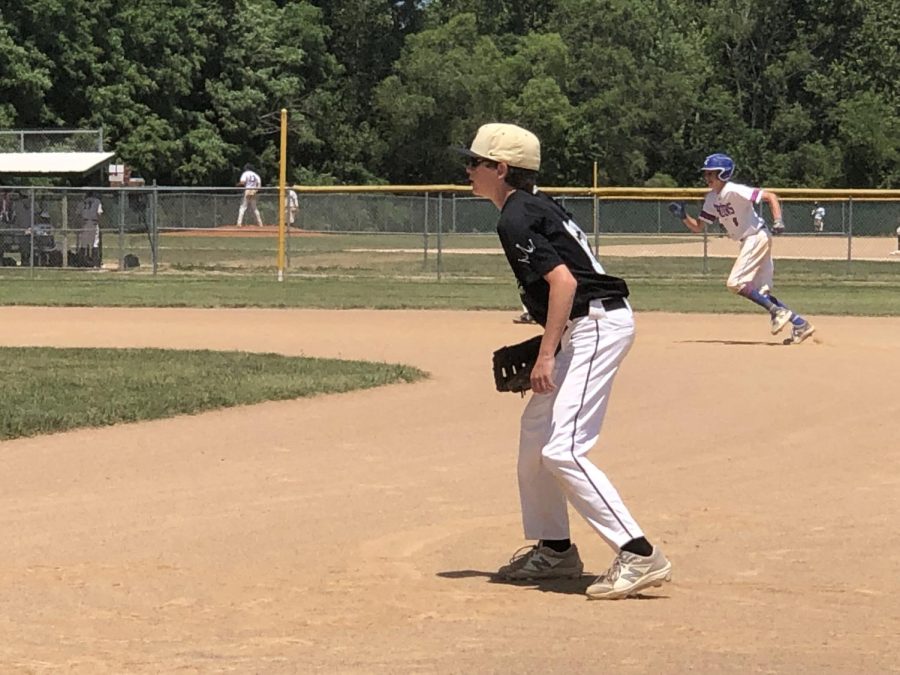President Joe Biden’s promise to rejoin the international Paris climate accord is first on his list of immediate steps. Before Biden’s election, the Trump Administration had decisively created a potentially catastrophic plan to extract oil from the Arctic refuge. This sacred land has been under protection for over six decades, and overturning this would cause countless lawsuits and other legal action. Global warming is already a central current issue in our society, and destroying one of these glacial areas could be fatal towards our goal of reversal. However, all hope is not lost yet, as our newest president is currently working on reversing many of these executive orders.
Juliet Suess, a journalism and English teacher who also co-leads the environmental club at Harvard-Westlake (HW) commented on the potential impact of trump’s policy. “Drilling into the earth in any way, shape or form has been known to be detrimental to the earth and has a negative impact on climate change, so I’m quite sure that this would have a negative impact.”
All this would add to the surging losses of arctic creatures as a result of global warming. To name one, the polar bears face becoming extinct due to the loss of sea ice, making the animals unable to stay fed and reproduce. According to the New York Times, climate change enthusiast Henry Fountain released a statement as to what he believes may happen, sooner than we think. “Polar bears could become nearly extinct by the end of the century as a result of shrinking sea ice in the Arctic if global warming continues unabated.”
Because of the rapidly failing atmosphere, the temperatures around the world are slowly rising. This is immensely dangerous as with the increased levels of sunlight, the ice slowly melts, and swelling in the ocean causes its water levels to rise.
However, we still have time to reverse these effects, but if we do not start soon there will be no hope in reversal. The Bulletin also gives advice to us, saying, “With immediate cuts to the short-lived climate pollutants—black carbon, methane, tropospheric ozone, and hydrofluorocarbons. Cutting emissions of these short-lived pollutants immediately can reduce the rate of Arctic warming by up to two-thirds.”
Take a look at some stats NASA has put out. Carbon dioxide levels are at their highest they’ve ever been in 650,000 years, at a rising rate of 415 parts per million. On top of this, the world’s global temperature has gone up by 2.1º since 1880. That might not seem like too much, if this continues we will soon be living on a human frying pan. Next, Arctic ice is melting at a losing rate of 13.1% per decade and we are losing 427 billion metric tons of ice sheets a year as well. Finally, the sea levels are rising by 3.3 millimeters a year, threatening to flood many islands. Daniella Ellingson, a science teacher at Harvard Westlake, and one of the environmental club heads, writes what she believes must be done if we have a chance to fix this. “ To reverse what we’ve already done, serious and drastic changes need to be made on a global scale. If that isn’t done in the next couple of decades, it is unlikely we can keep the change in temperature under +2.7° F. It isn’t to say it is too late; just that the longer we wait, the worse it will get. Additionally, the change can’t be left to individuals making small decisions here and there. There must be structural change, major regulation, and research and development of alternative fuels.”
Each of us still has a role, and we can help in our own small ways, which can accumulate and have a large impact. Suess gives some tips reminding, “by analyzing our own reactions with Mother Earth, what resources are we taking from her and what resources are we giving back to her. For instance, how much plastic as we as individuals use, are we using single use bottles on a daily basis? Even though we’re recycling, not every piece of plastic can be recycled.” Suess continues along these same lines, addressing a few things we can do to help. “There are also things like not shopping at fast fashion, and using more sustainable places such as thrift stores; donating our own clothing and buying from places that resell or recycle old clothes.” Ellingson continues along this point stating, “ even making one small change, like deciding to carry around a reusable water bottle, helps make it a little easier to consider your part in all of it and what choices are worth making. At the very bottom of it is that you just have to decide to care. A lot of people are stuck on that decision.”
Ellingson adds some more info on the global scale. “There has to be agreement in the international community, as well. Getting back into the Paris Agreement is a good step, but there has to be serious federal leadership on carbon emissions, limiting fossil fuels, and sustainability in general.” We need to get Washington to see this and help us make these changes for the good of our planet. No matter how much work we do on our own, without their help, nothing will change. Take a moment or two out of your day and sign these petitions below to make impacts that will last longer than a lifetime.
https://www.change.org/p/no-drilling-in-the-arctic-national-wildlife-refuge
https://www.protectthearctic.org/take-action-to-protect-the-arctic-national-wildlife-refuge
